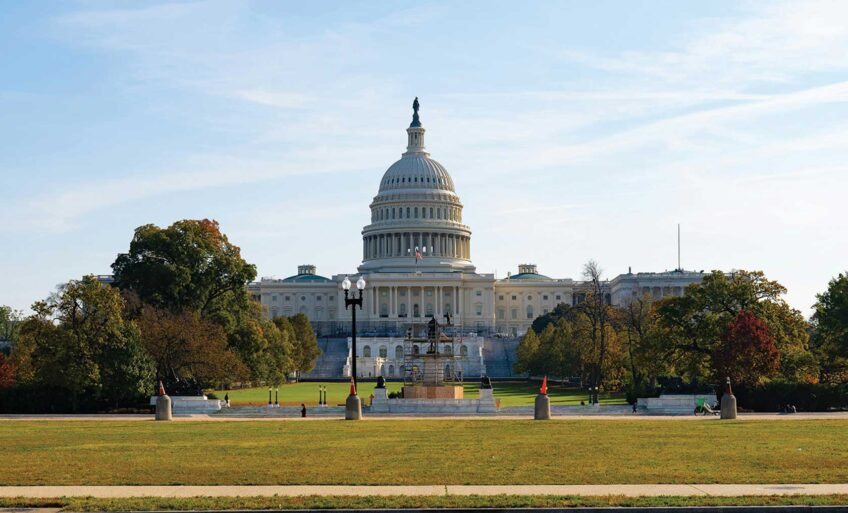Sometimes, all it takes is someone without any quit in them to get things done. Ruth Batson was one of those people. Batson, a former Boston School Committee candidate and mother of three, was one of the key figures fighting for better education for the city’s Black children. One of the pivotal moments of her fight saw its 60th anniversary late last month.
On September 22, 1963, an estimated 8,000 people took to the streets of Roxbury for the March for Better Schools. Sponsored by the Boston branch of the NAACP, the march ended at the Sherwin School on Windsor Street, a school that was constructed during the Civil War era. According to a report from the Harvard Crimson at the time, it was “the only building in the area which has yet to be condemned or razed. It is surrounded by a field of tall weeds, shells of partially demolished buildings, and a run-down playground.” The rally on the school’s steps spotlighted the building as a stark example of gross inequities.
A month after the iconic March on Washington, a coalition of Black and white protesters walked the streets of Roxbury to bring attention to their cause. But this wasn’t the first of their efforts. In June of the previous school year, they led a “stay-out” protest that saw nearly 9,000 Black Boston Public School students not go to their usual classes to attend “Freedom Schools” set up by parents.
As a local and regional leader of the NAACP, Batson received pushback from Boston officials who didn’t think that segregation existed outside the South. The Girls’ Latin School graduate’s fight found her at odds with the Boston School Committee led by Louise Day Hicks, whose all-white members said that the de facto segregation of the day did not exist.
In the 60 years that have passed, we have seen some remarkable strides forward in Boston. But the challenges remain. The Boston Desegregation and Busing Initiative, which counts Embrace Boston as a member, wants to lift up this history so that we make sure that this part of our past is not erased. Those sometimes-painful lessons can be the fuel of our fruitful tomorrows. Batson, along with her contemporaries, stepped up when it was needed. It is one of the many reasons why Embrace Boston included her on the 1965 Freedom Plaza that envelops The Embrace monument on the Boston Common.
I am of the sincerest belief that it’s going to take a few new Ruth Batsons (and Mel Kings, for that matter) for Boston to reach its promise as a City on a Hill. The question for us all is, do we have what it takes to answer the call? I believe we do. More and more we are seeing leaders in various sectors of the city lean into that work. As they take on the roles of those who came before us, we become living monuments to their work.
The richness of this city and region can be fully realized when we are all at the table. I believe in the power of community. I believe in the power of us. As we all play our part, I believe we can make Boston better for everyone.
In a post-pandemic world that has seen an increasing departure from the George Floyd-inspired progressive changes, I can only hope that we will be preparing for the future before us.
Greg Ball is director of digital strategy and production at Embrace Boston.






